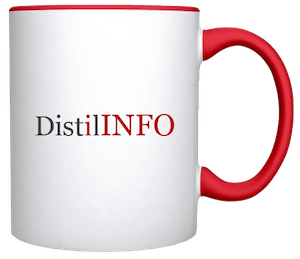Amazon has transformed the way we read books, shop online, host websites, do cloud computing, and watch TV. Can they apply their successes in all these other areas to healthcare?
Just last week, Amazon announced Comprehend Medical, machine learning software that digitizes and processes medical records. “The process of developing clinical trials and connecting them with the right patients requires research teams to sift through and label mountains of unstructured clinical record data,” Fred Hutchinson CIO Matthew Trunnell is quoted saying in a MedCity News article. “Amazon Comprehend Medical will reduce this time burden from hours to seconds. This is a vital step toward getting researchers rapid access to the information they need when they need it so they can find actionable insights to advance life-saving therapies for patients.”
Deriving insights from data and making those available in a user-friendly way to patients and clinicians is just what we need from technology innovators. But these tools are useless without data. If an oncology patient is hospitalized, her provider may not be informed of her hospitalization for days or even weeks (or ever). And the situation is repeated for that same patient receiving care from cardiologists, endocrinologists, and other providers outside of her oncology clinic. When it comes to personalized health and medicine, both the quantity and quality of data matter. Providers need access to comprehensive patient health data so they can accurately and efficiently diagnose and treat patients and make use of technology that helps them identify “actionable insights.”
Kate Sheridan wrote an article for STAT recently, saying, “Machine learning algorithms only work if they have data — lots and lots of data. The conclusions they draw about what might happen to a particular person will generally only work if an algorithm has been trained with a bunch of records of people who have some similar characteristics. And especially in the traditional ‘doctor’s office,’ companies that want to work on AI and machine learning must somehow pull in information from a plethora of EMRs.”
Want to publish your own articles on DistilINFO Publications?
Send us an email, we will get in touch with you.
To drive better decisions, data needs to come from everywhere a patient is being seen, not a single facility or system, and then flow back out to the whole community. Value-based care requires healthcare to share, not just to get better at looking at their own data. Would Elon Musk’s self-driving cars be valuable if there were no interstate freeways to drive them on? Can a supercomputer do its work without an electrical grid?
How do we create this infrastructure of health data? I believe a nonprofit utility approach that releases data from silos and allows providers, hospitals, health plans, and health systems to access and use this information is the answer. The more organizations that participate in health data exchange, the more effective the network will be. The goal is for regional hospitals and small medical practices to be able to personalize their care, even something as simple as reminding patients to come in for a follow-up visit after being hospitalized.
It’s expensive and time-consuming to pull information “from a plethora of EHRs.” Sharing the cost and burden of that work and ensuring that data is available in a standardized way to everyone who needs it is the right path forward. The future for health data is bright — as long as we can build a reliable resource for health data so this kind of innovation can happen not just at Amazon but everywhere.
Date: January 23, 2019
Source: The Health Care Blog







